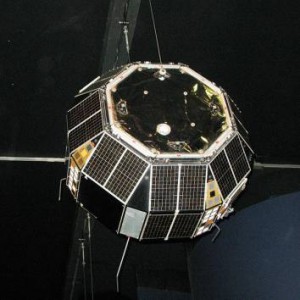The dutch astronaut André Kuipers is ready for takeoff.
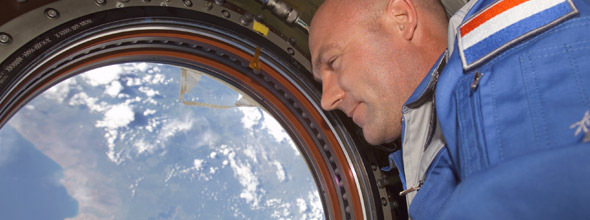
Another two days and then for the second time Andre Kuipers will leaves to the International Space Station. A historic journey, because Kuipers will break various records. Thus he becomes the first Dutch astronaut in space for a long time, which is nearly six months. He is also the first Dutch astronaut who is launched for a second time. Other Dutch astronauts – Dr. Ockels and Louis van den Berg were “only” launched once.
As it looks now, the launch is on. The rocket is already on the launch pad and the sky over Baikonur space base is crystal clear. “Although it is very cold, so spectators should properly protect” warns Kuipers on his blog
In recent days there were many preparations for the voyage. Andre Kuipers and his colleagues had to inspect the Soyuzcapsule for the second time. This capsule brings Kuipers to the ISS. “We are very pleased. In a few days, this is will be our living room, bedroom, dining room, bathroom and attic for two days. Actually, it is also the hall – with the door – to our realhome for half year: the International Space Station. ”
The launch of André Kuipers can be seen live next Wednesday 21-dec-2011 on dutch television channel: Netherland 1 (13:20 pm to 14:45 o’clock CEST). You can follow Andre on any of his social media (Twitter or Facebook).
During his stay in the International Space Station, radio amateurs will have the opportunity to make a voice contact. Andre will be using the call PI9ISS and will use the following frequencies:
Downlink
145.800 MHz (FM)
Uplink
145.200 MHz (FM)
Homepage and other references:
Blog webpage
Twitter page ( astro_andre )
Facebook
 The FO-29 Command Team reports from Japan that they have recovered the satellite after it had experienced a shutdown due to longer eclipse periods causing an undervoltage condition.
The FO-29 Command Team reports from Japan that they have recovered the satellite after it had experienced a shutdown due to longer eclipse periods causing an undervoltage condition.
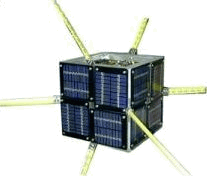 NAV OSCAR 44 – PCSat (Recovery)
NAV OSCAR 44 – PCSat (Recovery)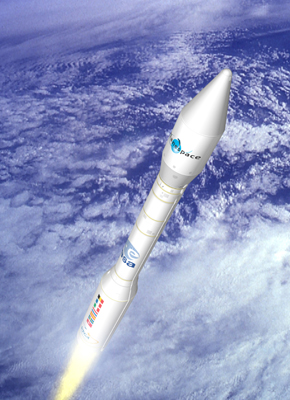 The first student built amateur radio CubeSats to be sponsored by ESA’s Education Office have passed their Final Acceptance Review and have been declared ready for launch on board the maiden flight of Vega, the new ESA launcher.
The first student built amateur radio CubeSats to be sponsored by ESA’s Education Office have passed their Final Acceptance Review and have been declared ready for launch on board the maiden flight of Vega, the new ESA launcher.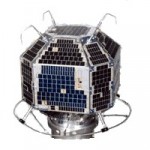 JJ1ZUU tweet indicates FO-29 may resume operations soon, probably scheduled. Details will follow and the schedule propably be announced.
JJ1ZUU tweet indicates FO-29 may resume operations soon, probably scheduled. Details will follow and the schedule propably be announced.
